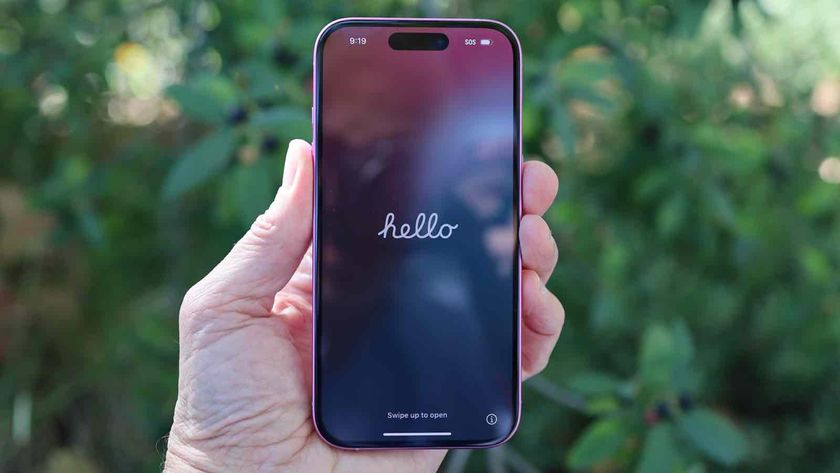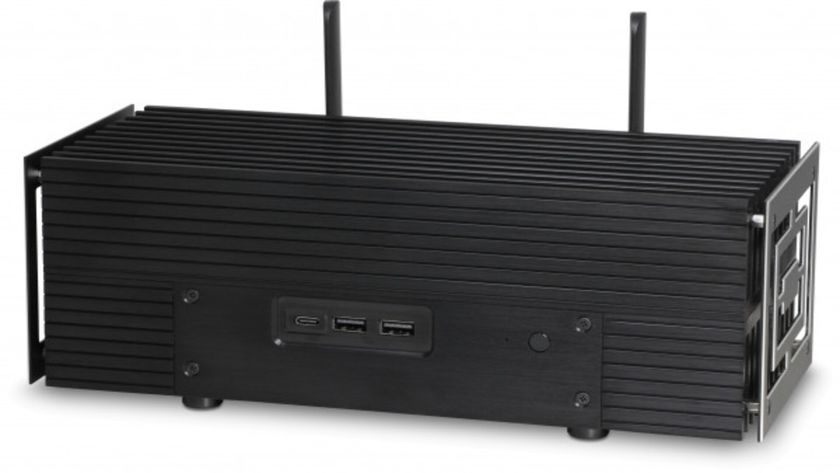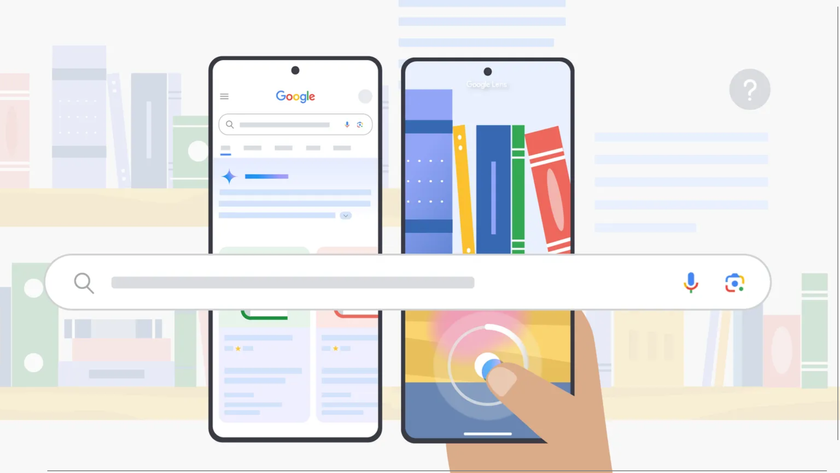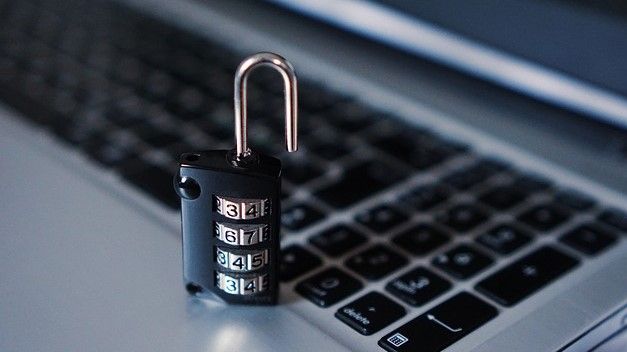Apple’s foldable iPhone could borrow screen tech from Kindles
Better battery life thanks to an E Ink display
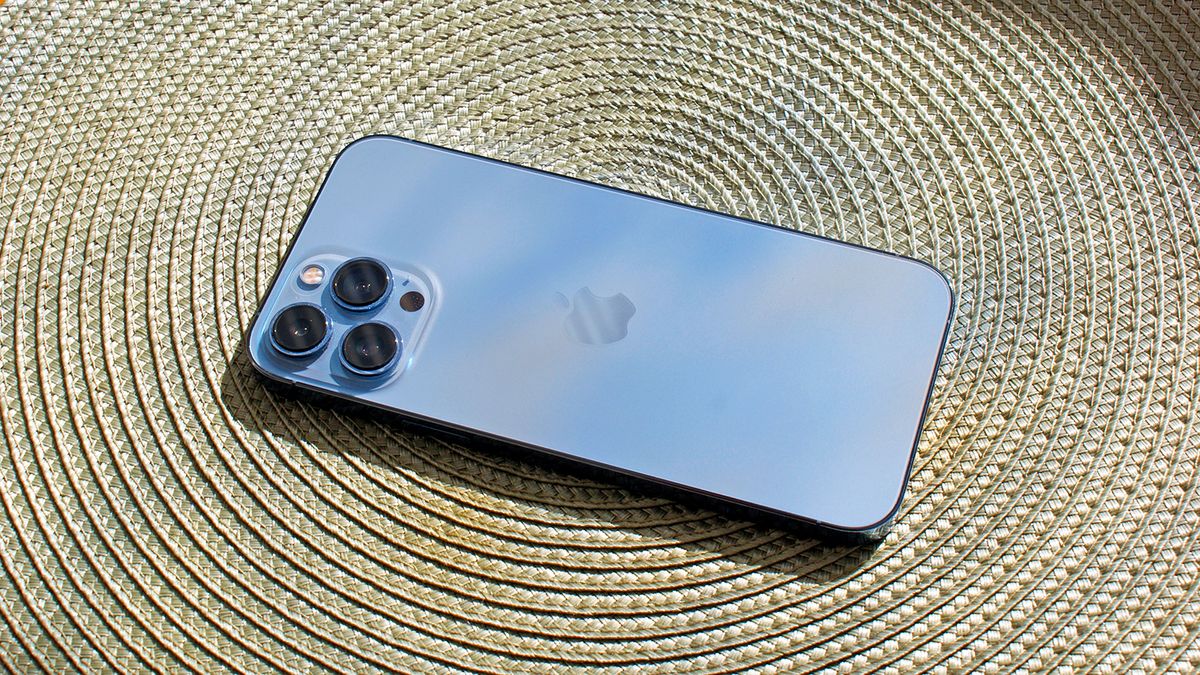
We’ve been waiting years for the iPhone Flip and we’ll probably be waiting a few years more, but when it does arrive it could be quite different to any current foldable phone.
That’s because, according to Ming-Chi Kuo – an analyst with a good track record for Apple information – the phone might have an E Ink cover display.
Apple is apparently testing E Ink’s Electronic Paper Display (EPD) for use on the secondary screen of a foldable phone – though it’s worth noting that even if Kuo is right, the fact that Apple is testing something doesn’t mean the company will necessarily end up using it.
Apple is testing E Ink's Electronic Paper Display (EPD) for future foldable device's cover screen & tablet-like applications. The color EPD has the potential to become a mainstream solution for foldable devices' must-have cover/second screen thanks to its excellent power-saving.May 17, 2022
Still, such a display could make sense. This EPD tech is a lot like the screen on a Kindle, in that it’s designed to replicate the look of paper, and to be incredibly low-power, so the cover screen could be always on without draining much battery.
And this particular tech goes a step beyond what any of Amazon’s Kindles currently offer, as it’s also a color screen.
Kuo goes on to suggest that this tech could, for the above reasons, become widely used for secondary screens on foldable phones, so it might not just be Apple that uses it. We could certainly imagine other companies copying the idea if Apple’s foldable successfully uses this tech.
Interestingly, Kuo also says that Apple is testing an EPD with “tablet-like applications”. It’s not totally clear what's meant by that, but it could be that Apple is working on some sort of e-reader or drawing tablet as well.
Get daily insight, inspiration and deals in your inbox
Sign up for breaking news, reviews, opinion, top tech deals, and more.
Analysis: pros and cons of an EPD
While an EPD has obvious advantages – most notably how easy it is on a device’s battery – it also has some downsides.
If you’ve ever used an e-reader you’ll know they tend to have extremely low refresh rates, making them feel sluggish to do much on. In some cases the refresh rate can be increased, but this often leads to ghosting. They’re ideal then for reading books on, but less so for things that require constant, rapid inputs, or for animations and videos.
That means an EPD cover display probably wouldn’t work very well as a full-featured smartphone interface, like the cover screen on the Samsung Galaxy Z Fold 3. But it could be ideal as a less interactive screen that’s more designed to show notifications and the time, a bit like the smaller cover screen on the Samsung Galaxy Z Flip 3.
So if Apple does use an EPD on the iPhone Flip, it will probably be more like the Z Flip 3’s secondary screen than the Z Fold 3’s. These limitations also mean that even if other phone makers do start doing the same, there will still be a market for conventional secondary screens.
- Check out all the best foldable phones
James is a freelance phones, tablets and wearables writer and sub-editor at TechRadar. He has a love for everything ‘smart’, from watches to lights, and can often be found arguing with AI assistants or drowning in the latest apps. James also contributes to 3G.co.uk, 4G.co.uk and 5G.co.uk and has written for T3, Digital Camera World, Clarity Media and others, with work on the web, in print and on TV.

